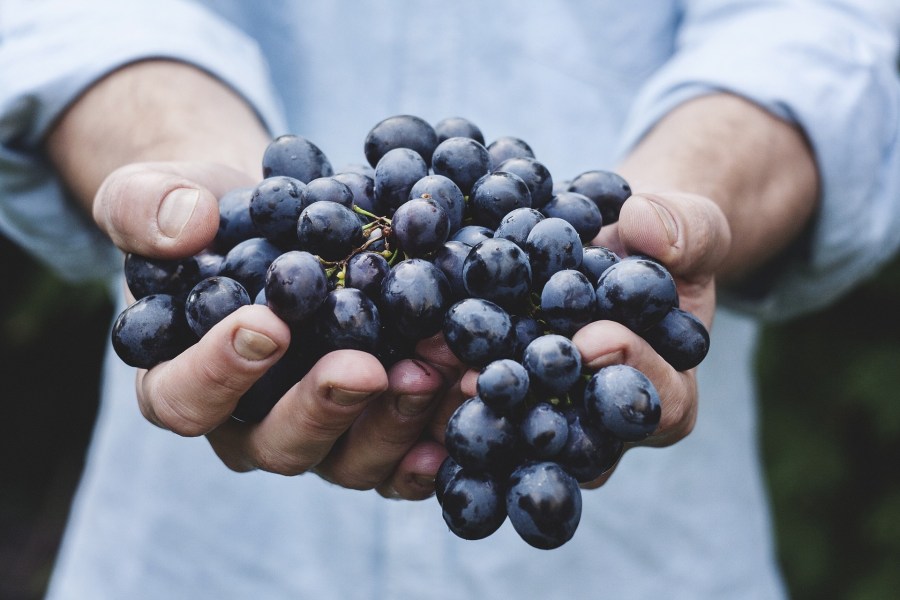Great wines starts in the vineyard, and managing the health of grapes is a challenge especially in the UK’s temperate climate. Disease pressures and humidity/rainfall pose significant threats as do the general wildlife and insects.
Controlling and managing the microflora in the vineyard and winery is one of the key undertakings of all great estates. Sulphur historically has been used to manage much of the microflora and manage oxygen in the winery and has great properties and side activities on colour and aroma extraction. However, reducing the use of sulphites in the vineyard and winery is a key trend in the market and there are some great alternative tools to achieve this.
Recent commercial cultivation of Non-Saccharomyces strains of the Torulaspora delbrueckii and Metschnikowia pulcherrima species, found, naturally occurring in vineyard sites, have been used to good effect. These strains selected from among the grape’s indigenous flora for their organoleptic neutrality will colonise the medium and control the microflora in the pre-fermentation stages. The Lafazym Egide that comes in 500g packs can be sprayed on the grapes at harvest as well as added in the dry form. Some people have sprayed the vineyards with this microflora to boost the populations on the grapes after inflorescence/fruit set although it is typically recommended at harvest.
Combining these two high-implantation-capacity species, the one cryophilic and more SO2-resistant (Torulaspora – in sequences where SO2 is added to grapes) and the other, particularly healthy during grape inoculation (Metschnikowia), ensures that the medium is protected by micro-organisms producing positive results in a wide range of circumstances.
The bioprotective effects of this preparation have been backed up by studies:
- Colonisation of the medium, without any detected fermentation activity (no assimilation of sugars or nitrogen, no difference in turbidity levels at the end of the settling process).
- Restriction of the growth of indigenous flora.
- Implantation of the inoculated Saccharomyces cerevisiae strain facilitated.
Other strategies to manage microbes and bacteria in the winery in preparation for harvest are enzymatic applications such as Bacticontrol and Microcontrol. These consist of a combination of chitosan, lysozyme and enzymes for reducing the microbial load, as well as protecting wines against certain unfavourable microorganisms and if necessary against lactic bacteria. An important consideration depending on your wine style and wine making approach.
- Reduction of the overall microbial load (yeasts, lactic bacteria, acetic acid bacteria*).
- Plays an “antioxidant” role by eliminating oxidised and oxidisable compounds in white and rosé wines.
- Improvement of wine clarification and filtration.
- Treatment is possible before alcoholic fermentation. Using this formula between AF and MLF can slow down the beginning of MLF.
- Microbiological protection of white, red and rosé wines following fermentation.
- Makes it possible to slow down or even stop MLF in progress or avoid its onset (treatment is possible before or after AF).
- Synergistic effect of the ß-glucanases and lysozyme on the lactic bacteria, particularly on Pediococcus filaments (the action of the enzyme on the polysaccharides forms a diffuse barrier around the bacteria that can hinder the action of lysozyme).
A low SO2 strategy combined with alternative approaches can help you achieve the best quality wine style and potentially something with a point of difference especially if you can experiment with Co and sequential inoculation of non-sachorymyces yeast. Sulphur is still a great strategy for wine making with liquid SO2 options such as the Bisulfite and Solution range make much easier calculations and management. Ultimately the tool box that Laffort offer for winemaking is extremely detailed and comprehensive that has been part of the wine world for the past 120 years. Check out their new website with more helpful instructions and protocols.




